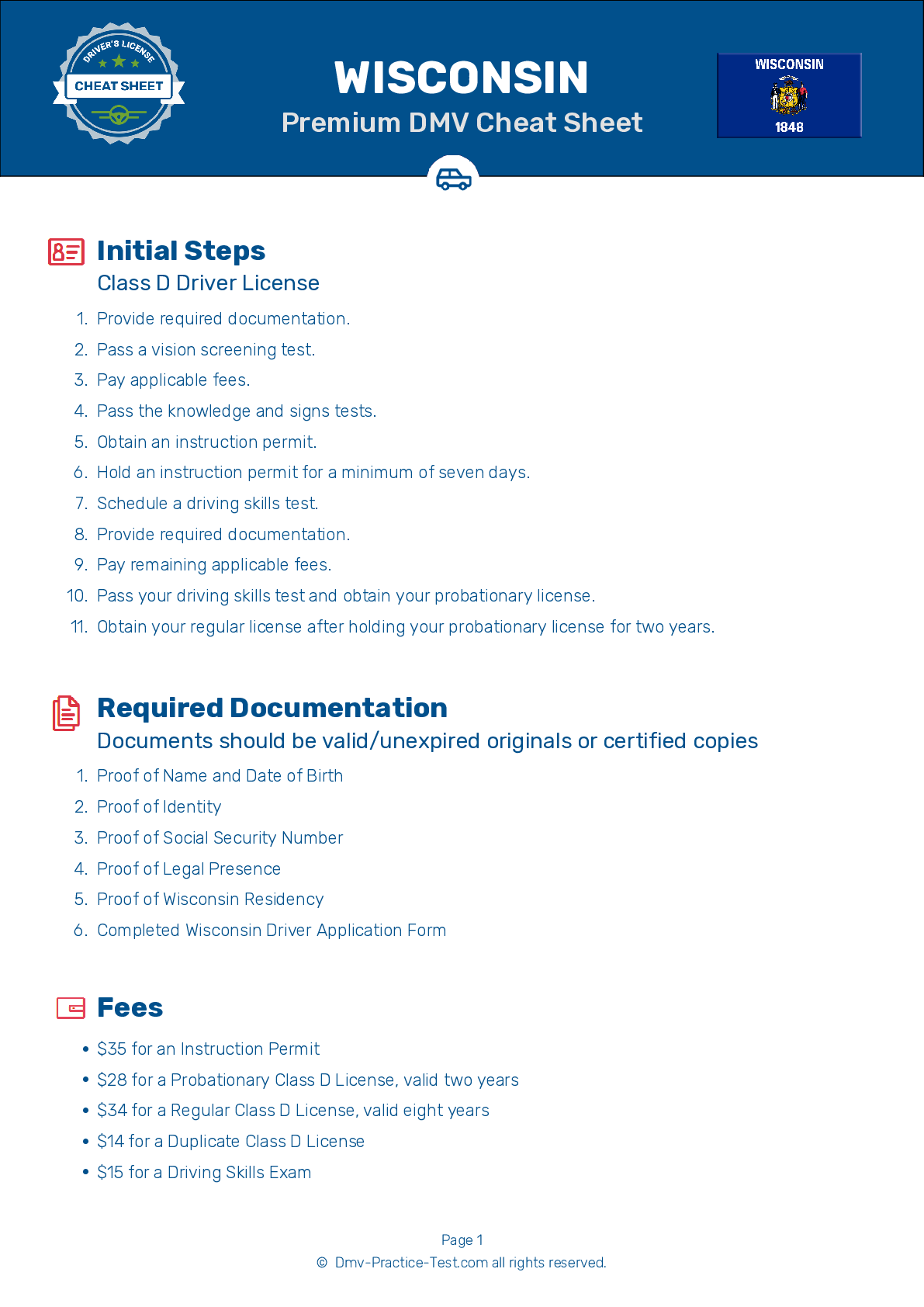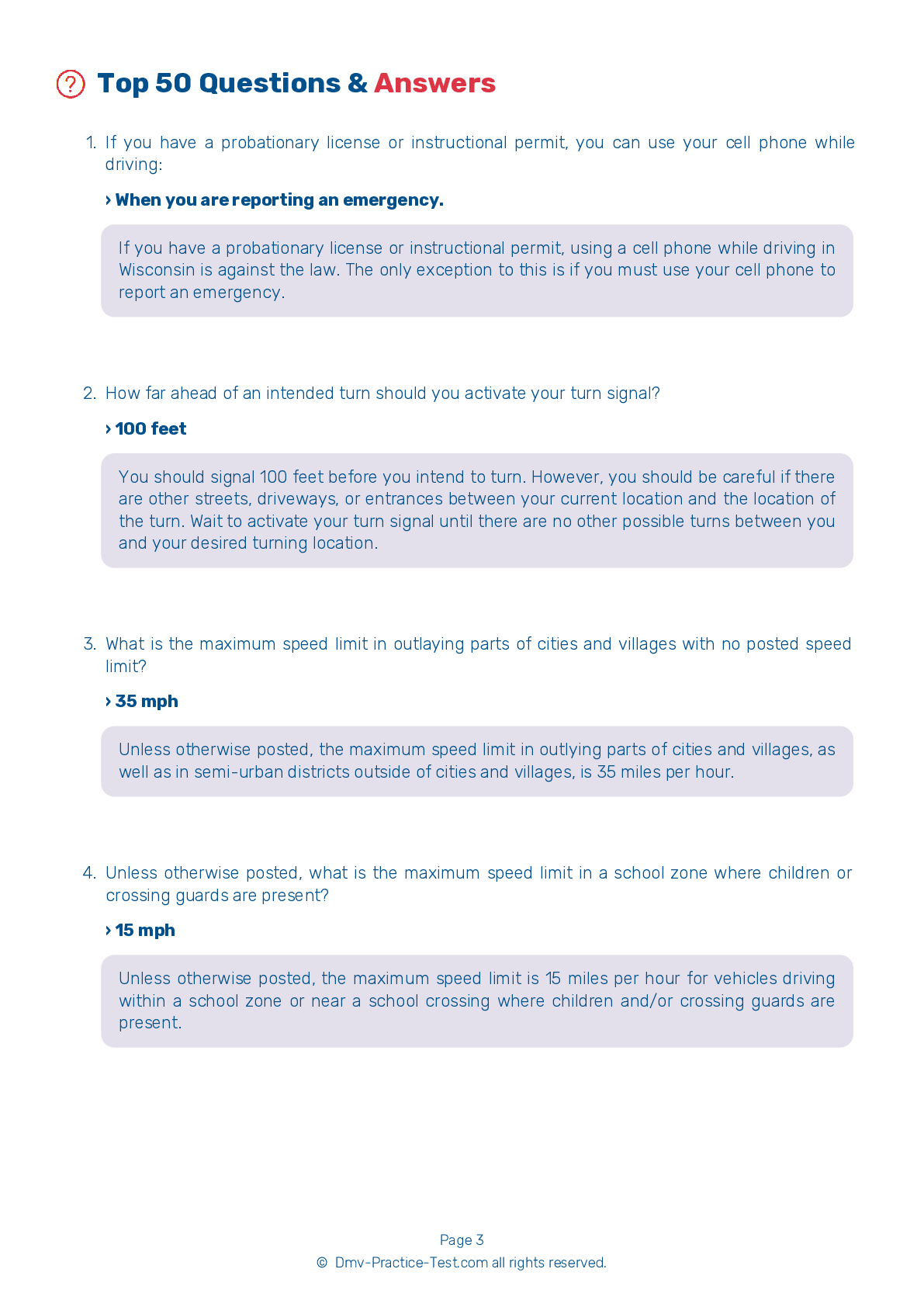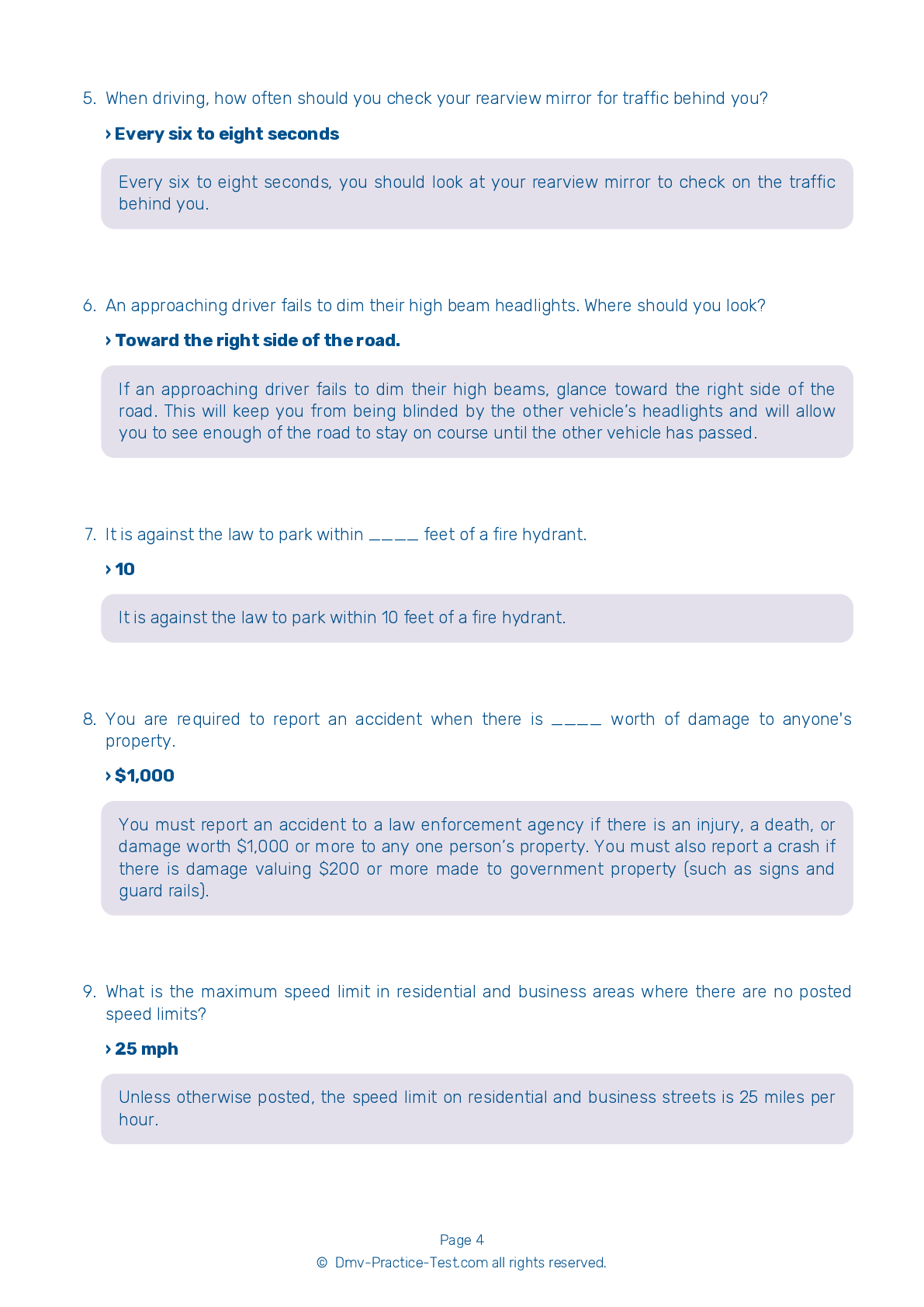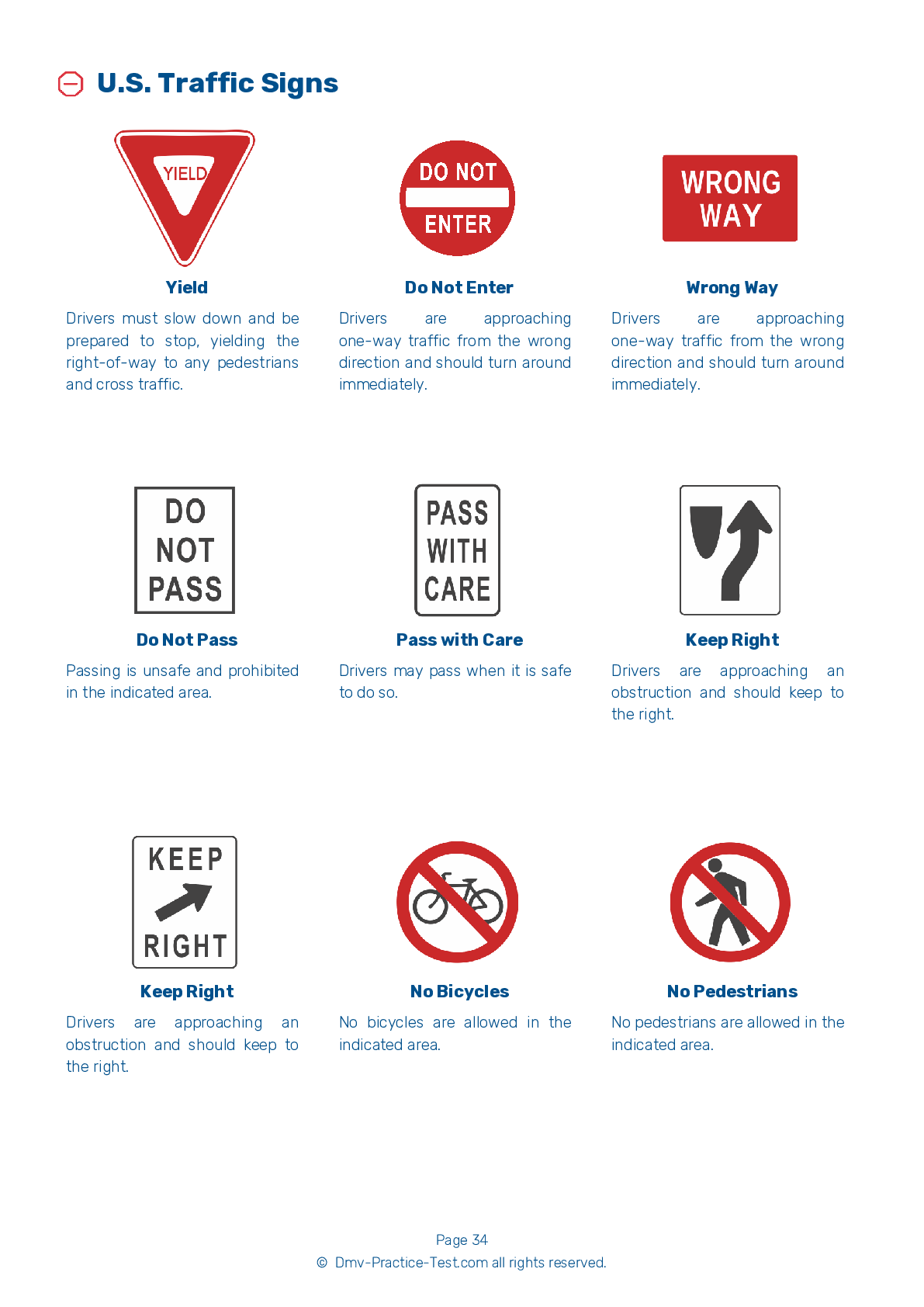FREE Wisconsin DMV Practice Test #19 Page 7 of 7
The Wisconsin DMV practise examinations have been updated for January 2025. It includes questions based on the Wisconsin Driver Handbook's most significant traffic signals and legislation for 2025. Use actual questions that are very similar (often identical!) to the DMV driving permit test and driver's licence exam to study for the DMV driving permit test and driver's licence exam.
On the practise exam, each question gets a tip and explanation to help you remember the concepts. The written component of the official Wisconsin DMV test will include questions about traffic rules, traffic signs, and driving statutes, as well as knowledge from the Driver Handbook.
To obtain a passing grade, you must correctly answer 40 of the 50 questions. Use the practise exam provided by the Wisconsin Department of Motor Vehicles to help you prepare for your instruction permit or driver's licence.
The DMV exam is available in several languages.
Using any kind of testing assistance will result in an automatic fail, and the DMV may take additional action against your driver's licence, so stay away from it.
43 . Drinking alcohol and driving is:
Driving while impaired or intoxicated is a serious traffic safety problem. Safe driving is not possible when you drink alcohol or take other drugs. Driving under the influence is dangerous both to you and to others on the road.
44 . You are preparing to exit the interstate. When should you start reducing your speed?
When leaving an interstate, you should maintain your speed until you enter the deceleration lane, at which point you should reduce your speed to the exit ramp's posted advisory speed.
45 . A driver entering public traffic from a driveway or private road:
If you are entering traffic from a driveway or private road, you should yield to drivers already on the public road. Merge safely into traffic when you are able to do so.
46 . You may honk your horn when you:
One situation where it is appropriate to use your horn is if you lose control of your vehicle. In this case, sound your horn to alert other drivers.
47 . If you are driving on a highway next to a single broken white line marking:
White lines separate lanes of traffic moving in the same direction. You may cross a dashed white line to pass or change lanes if it is safe to do so.
48 . Which of these statements is true about large trucks?
Large trucks take longer to stop than other vehicles traveling at the same speed. The average passenger vehicle traveling at 55 mph can stop within 400 feet. However, a large truck traveling at the same speed can take almost 800 feet to stop.
49 . You have the right-of-way when turning left on which of the following traffic signals?
A green steady arrow means you may pass through the intersection in the direction that the arrow is pointing. Oncoming traffic is required to stop for turning traffic.
50 . If you are being followed too closely on a two-lane road:
If you are being followed too closely by another driver, merge into a different lane. If there is no lane available for merging, wait until the road ahead is clear and slowly reduce your speed. This will encourage the tailgater to drive around you.
Need Car Insurance? No problem!
Compare the best rates in Wisconsin and find a personalized policy that meets your needs.
1. Are You Currently insured ?
2. Married ?
3. Do you own your Home?
4. Do you have more than 1 car ?
5. Have you or a Family Member Honorably Served in U.S. Military ?
6. Your Name
7. Age
8. Zip code
IMPORTANT REMINDER:Auto Insurance is Mandatory to drive in Wisconsin. Get covered before you hit the road to avoid any fines.
Ranked by best match



